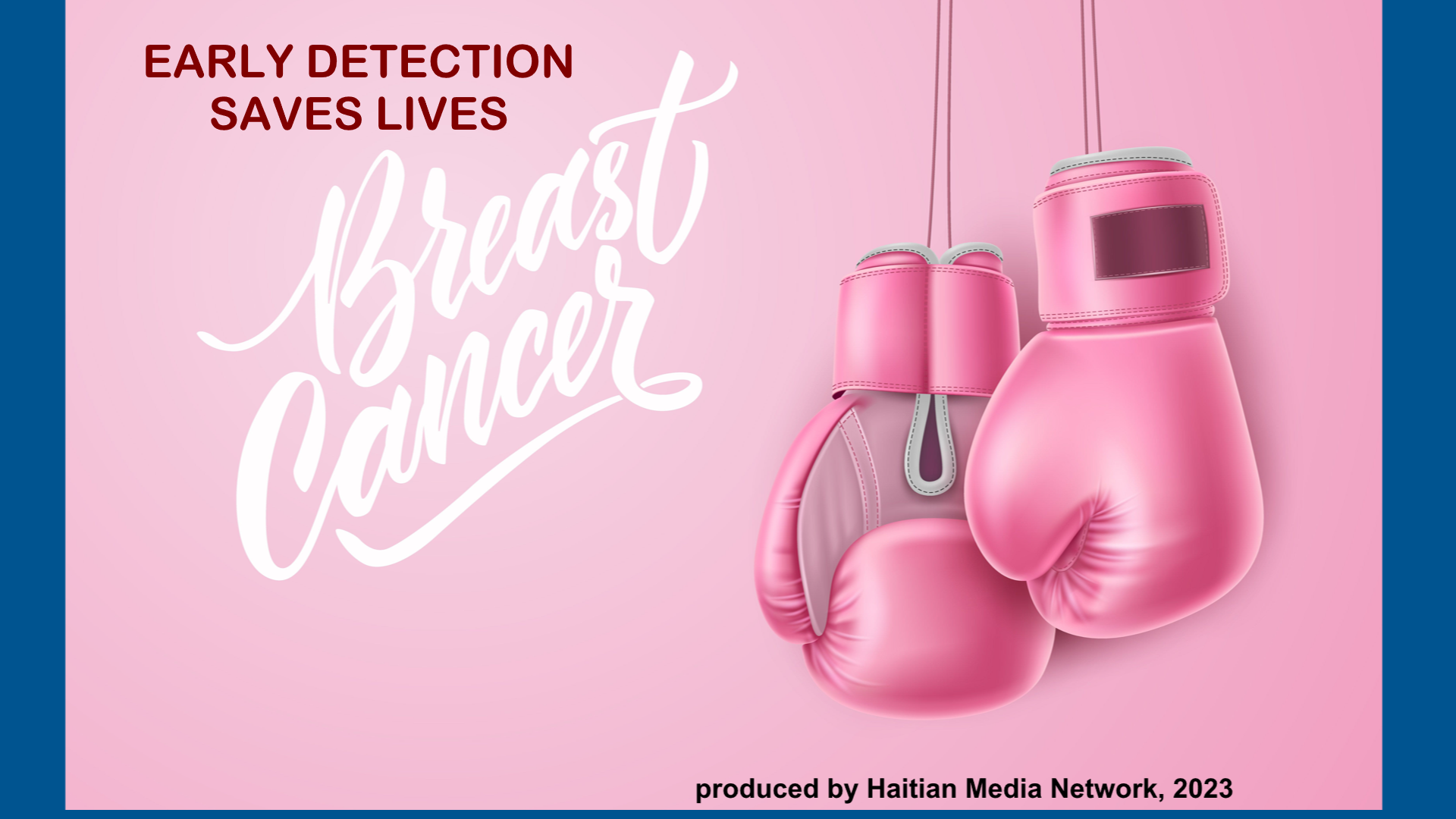
Today Mayor Martin J. Walsh celebrated the ribbon cutting of the City’s new Porous Alley along with the Massachusetts Department of Environmental Protection (MassDEP) Assistant Commissioner for Resource Protection, Bethany Card, the Charles River Watershed Association (CRWA), and Boston Groundwater Trust (BGwT). The reconstructed South End alleyway will be a living laboratory, helping reduce pollution from stormwater runoff while addressing groundwater issues in the neighborhood.
“Stormwater pollution and groundwater do not understand our municipal or property boundaries, and we must work together to address these challenges,” said Mayor Martin J. Walsh. “I applaud the Charles River Watershed Association for their vision, MassDEP for helping fund this work, and the City’s Department of Public Works for implementing the new Porous Alley.”
Engineered by Vanasse Hangen Brustlin, Inc. (VHB) and completed this summer, the Porous Alley is located in Public Alley 543 between West Canton and Holyoke Streets. The project involved repaving a portion of the alley to add a porous asphalt section designed to capture stormwater from the surrounding area, enabling it to seep back into the ground and recharge groundwater levels. The South End Porous Alley is the City’s second “green alley,” the first of which was completed in partnership the Boston Architectural College in the Back Bay.
“Polluted stormwater is the primary culprit affecting some of our water bodies, and we are all seeking cost-efficient ways to address the problem. Re-creating the natural processes that filter stormwater is a particular adventure within the confines of a dense urban area,” said Card. “Success in managing Massachusetts’ urban stormwater is going to require innovation and good partnerships and with this project we are pleased to see both of those elements.”
The project was funded in part by a 319 Nonpoint Source Grant from MassDEP. The City of Boston provided the construction cost for the Alley as a project match. The South End alley was selected due to existing low groundwater levels in the area and its nearby connection to the storm drain, where both runoff volumes and water quality can be adequately monitored. The project will be monitored by CRWA, in coordination with BGwT for improvements in water quality and groundwater levels.
“This is a fantastic project that recreates nature by capturing rainwater and filtering it back into the ground” said Bob Zimmerman, CRWA Executive Director. “We applaud Boston for their leadership and for paving the way for many such porous alleys throughout the City that will reduce water pollution and flooding and enhance groundwater levels.”
The South End is served by combined sewers, which carry both sewage and stormwater. During heavy rainstorms, the sewers can become overwhelmed, causing untreated sewage and stormwater to overflow into local waterways. The Porous Alley will instead capture the stormwater, helping prevent these overflows. It then filters the stormwater into a large gravel-filled storage area below, where it slowly seeps into the ground, recharging groundwater levels, which is important for maintaining the structural integrity of the buildings. Many buildings in the South End, as in other Boston neighborhoods, are supported by wood pilings that can rot when exposed to air. Strategies such as these are critical approaches to preparing for climate change in urban areas.
The Porous Alley Project is part of CRWA’s Blue Cities Initiative, a water-centric urban design and planning approach that promotes the use of green infrastructure to restore the natural hydrology to the urban environment. Learn more at www.charlesriver.org/blue-cities.




